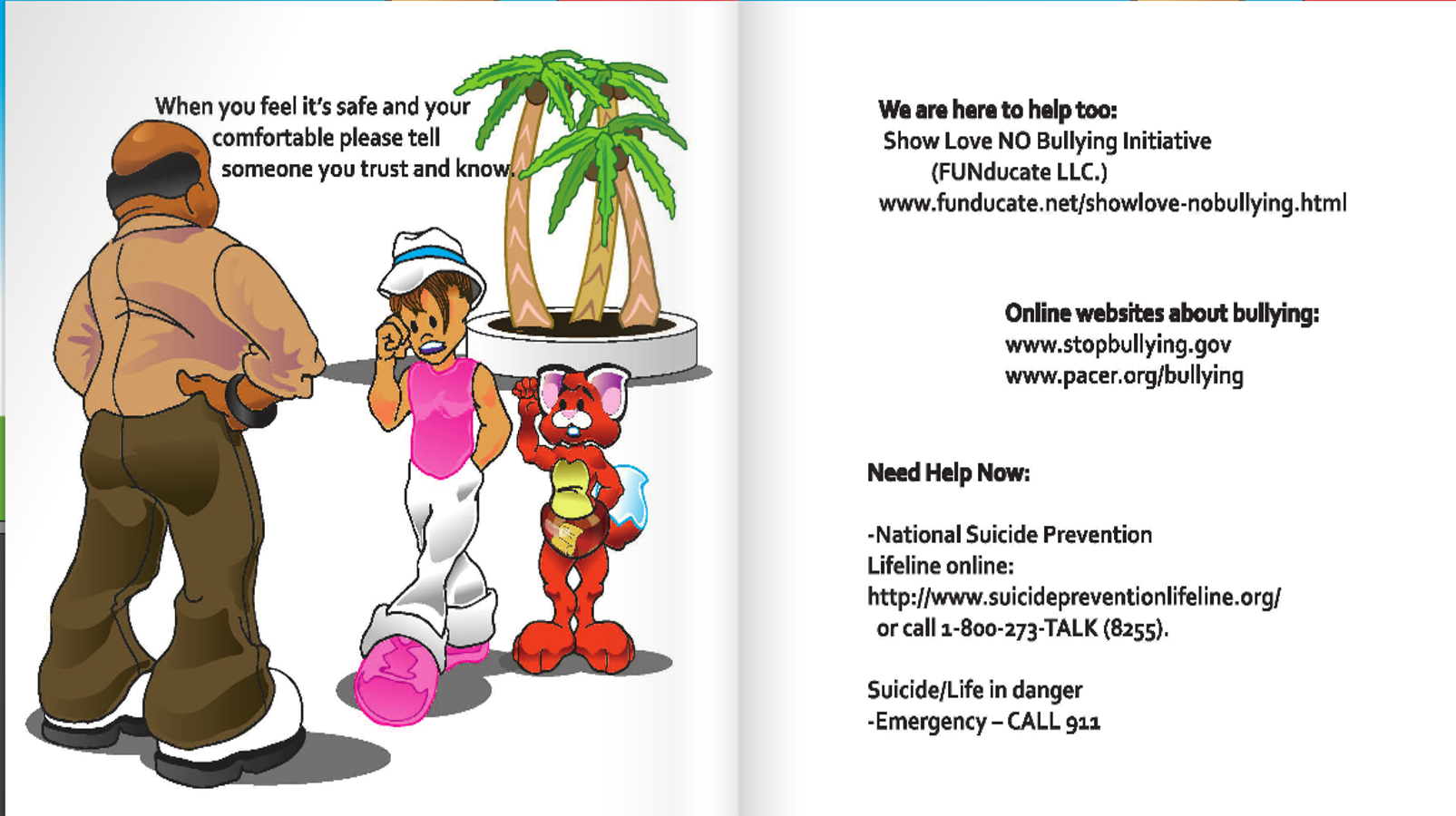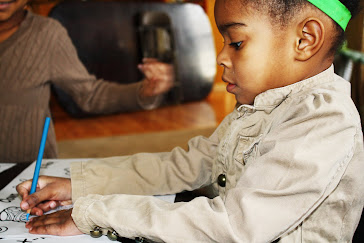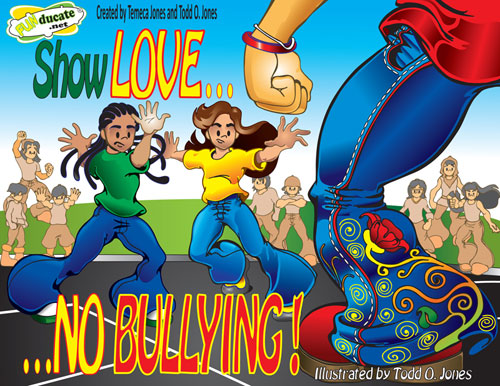Empowering Steps for Kids and Parents
Bullying is a serious issue that can affect children's mental health, self-esteem, and overall well-being. While no one should face bullying alone, knowing how to handle it can help both kids and parents take proactive steps to prevent and address the problem. Here's a guide to help you navigate bullying and handle bullies effectively.
What Is Bullying?
Bullying is any unwanted aggressive behavior that involves:
- An imbalance of power (physical strength, popularity, or access to information).
- Repeated actions, such as verbal threats, physical harm, or exclusion.
- Intentional harm that causes fear, embarrassment, or emotional distress.
Steps for Kids to Handle Bullying
-
Stay Calm and Confident
- Bullies often seek a reaction. Practice staying calm and standing tall.
- Use simple, confident responses like:
- “Stop that.”
- “Leave me alone.”
-
Avoid Retaliating
- Don't respond with anger or violence. Retaliating can escalate the situation.
- Instead, walk away and seek help from a trusted adult.
-
Speak Up
- Tell a teacher, counselor, parent, or another adult you trust.
- Reporting bullying isn't tattling—it's a brave step toward safety.
-
Stick with Friends
- Spend time with peers who make you feel safe and supported.
- Having a group can discourage bullies and provide emotional strength.
-
Practice Assertive Communication
- Role-play with a parent or trusted adult to practice speaking firmly but kindly.
- Examples:
- “I don't like what you're doing. Stop it.”
- “That's not okay. Please leave me alone.”
What Parents Can Do
-
Listen and Support
- Create a safe space for your child to share their experiences without judgment.
- Let them know they're not alone and that you're here to help.
-
Document Incidents
- Keep a record of bullying incidents, including dates, times, locations, and witnesses.
- This documentation can be helpful when addressing the issue with schools or authorities.
-
Communicate with the School
- Reach out to teachers, counselors, or administrators to report bullying.
- Ask about anti-bullying policies and steps the school can take to ensure your child's safety.
-
Teach Coping Strategies
- Encourage your child to engage in activities that boost self-esteem, such as sports, art, or hobbies.
- Discuss relaxation techniques like deep breathing to handle stress.
-
Be a Role Model
- Demonstrate kindness, assertiveness, and empathy in your interactions.
- Teach your child to treat others with respect while setting boundaries.
How to Handle Bullies
If your child is exhibiting bullying behavior:
-
Address the Behavior, Not the Child
- Focus on the actions and explain why they're harmful.
- Example: “Pushing someone is not okay. It can hurt them physically and emotionally.”
-
Teach Empathy
- Help your child understand how their behavior affects others.
- Encourage them to consider how they would feel if roles were reversed.
-
Set Clear Consequences
- Explain the consequences of bullying and enforce them consistently.
- Reinforce positive behavior with praise and rewards.
-
Encourage Restorative Actions
- Teach your child to make amends by apologizing or helping those they've hurt.
- Support them in rebuilding trust and friendships.
Online Bullying (Cyberbullying)
-
Block and Report
- Block the bully on social media or messaging apps and report their behavior to the platform.
- Save screenshots as evidence if needed.
-
Limit Screen Time
- Encourage breaks from technology to reduce exposure to negative interactions.
Resources for Help
- Visit www.stopbullying.gov for additional tools and support.
- For immediate help, contact:
- National Suicide Prevention Lifeline: suicidepreventionlifeline.org | Call 1-800-273-TALK (8255).
- PACER's National Bullying Prevention Center: www.pacer.org/bullying
Visual Reminder
Alt Tag: "Illustration of kids handling bullying with confidence and seeking help from trusted adults." Title: "How to Handle Bullying Illustration" Placement: Place this near the "Steps for Kids to Handle Bullying" section for clarity and emphasis.
Take a Stand Against Bullying
Handling bullying takes courage, patience, and support. By equipping yourself with the right strategies and seeking help when needed, you can help create safer, more supportive spaces for everyone.
👉 Learn More at FUNducate.net
👉 Explore Our Show Love NO Bullying Initiative


